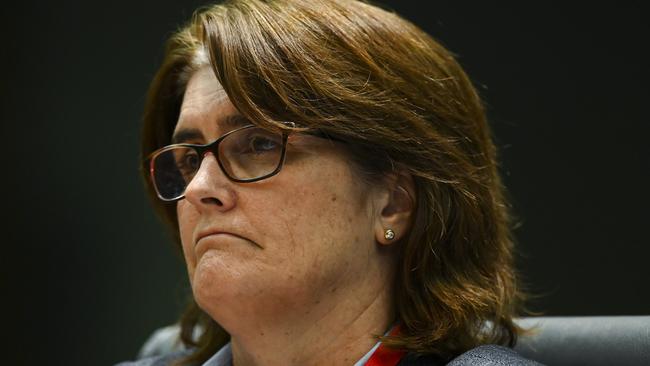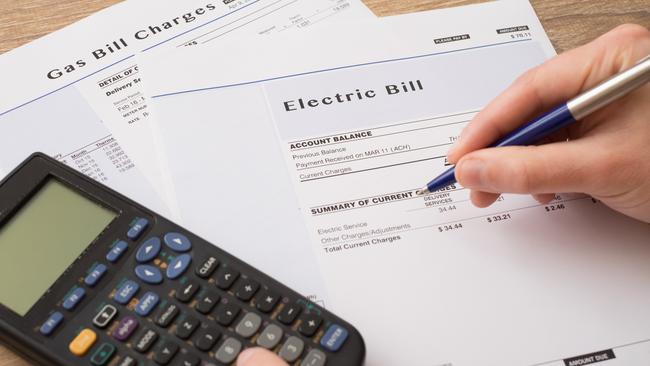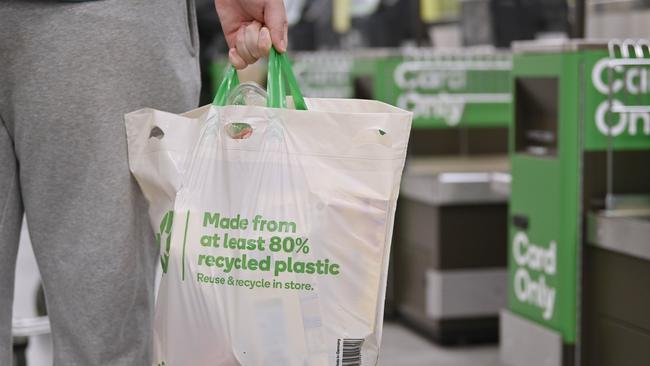Energy costs to continue to impact cost of living
There are warnings that price pressures will continue to haunt Australian households, with one area particularly concerning.

NewsWire
Don't miss out on the headlines from NewsWire. Followed categories will be added to My News.
Increasing electricity costs are front of mind as the Reserve Bank (RBA) tries to bring down the increasing inflation rate.
The outlook for domestic energy prices was something that the RBA was “monitoring closely”, Deputy Governor Michele Bullock told the ABE Annual Dinner in Sydney.
“The large increases in retail gas and electricity prices are predicted for next year to directly add over one percentage point to headline inflation over the year to September 2023,” Ms Bullock said.

Ms Bullock warned that there is “uncertainty” aroud energy and supply shocks that could impact inflation, which the RBA hadn’t built into its forecasts.
“While gas prices have declined lately, they are expected to rise again particularly if there‘s an unusually cold winter or if Russia’s war on new real crime escalates further higher global energy prices can help our export earnings, but they could also put upward pressure on electricity prices in Australia, adding to inflationary pressures,” she said.
“We have built a large increase in electricity prices into our central scenario for inflation, but there is a risk we haven‘t incorporated enough on the other side of the coin.”

Despite soaring energy costs, Ms Bullock said the RBA expected that inflation would reach its peak at the end of the year, with the consumer price index expected to reach eight per cent by Christmas.
The RBA has been hiking interest rates since May in an attempt to wrangle with rising inflation, with the cash rate now siting at 2.85 per cent.
However, the bank’s forecasts do not have Australia returning to its inflation target of 2-3 per cent until 2025, with the CPI expected to sit at 3.2 per cent at the end of 2024, despite the lift in interest rates.
Australians are also expected to continue to be whacked by higher rental costs as vacancy rates drop to historic lows in many capital cities.
“Now rental price inflation has also picked up and it‘s expected to increase further over coming quarters,” she said.

“Close to one third of Australian households rent and many of these households have relatively low income and wealth, so higher rents could push some renters into financial stress, particularly when combined with broader cost of living pressures.”
Ms Bullock also cautioned that rising food costs could continue to hit Australians at the check out, with the current flood crisis wiping out crops.
“With above average rainfall expected over coming months consistent with the ongoing La Nina event, there is also an increased likelihood of further supply disruptions affecting costs and prices for a range of goods in 2022 and early 2023,” she said.
Originally published as Energy costs to continue to impact cost of living


